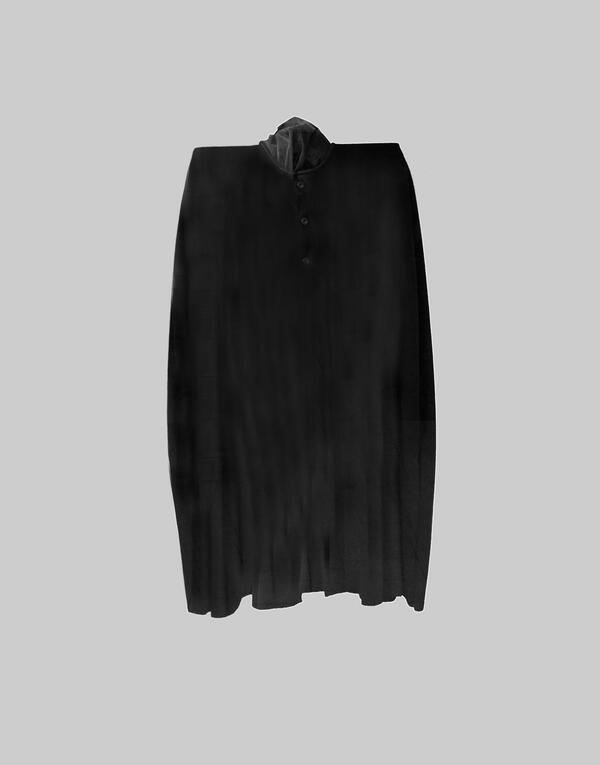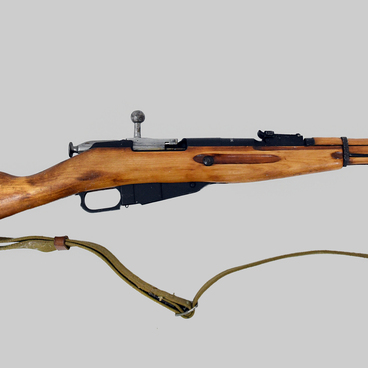A burka is a black cloak made of felt. A felt burka perfectly protected the cavalryman from wind, cold and rain. A water-proof burka was used as bedding or as a tent. They hung it on stakes or a rifle for that purpose. Not only did it protect the rider from getting wet, but also his weapons and personal belongings, which were kept under the hem. The absence of sleeves made it possible to quickly drop the burka from the shoulders and fight. Burkas were highly valued by soldiers as they withstood saber blows and even protected the owner from bullets.
Burkas are made of sheep’s wool, which is rolled into felt. The workpiece is dyed black. Then the burka is combed with a special comb, wool is fluffed on the surface and dried grass roots are dragged over the felt so that separate fluffy hairs form tiny plaits, which make the burka waterproof. After that, the burka is glued and stitched with strong threads and finally it is shaped into a cloak.
The burka is 10-15 cm longer than a cavalry overcoat. The neckline and the top edge of the front slit are lined with a strip of leather. The cut at the neck is tied with leather straps or with a buckle. The burka is sewn as a whole with only two seams of 20-25 cm on the shoulders.
Burkas are made of sheep’s wool, which is rolled into felt. The workpiece is dyed black. Then the burka is combed with a special comb, wool is fluffed on the surface and dried grass roots are dragged over the felt so that separate fluffy hairs form tiny plaits, which make the burka waterproof. After that, the burka is glued and stitched with strong threads and finally it is shaped into a cloak.
The burka is 10-15 cm longer than a cavalry overcoat. The neckline and the top edge of the front slit are lined with a strip of leather. The cut at the neck is tied with leather straps or with a buckle. The burka is sewn as a whole with only two seams of 20-25 cm on the shoulders.



